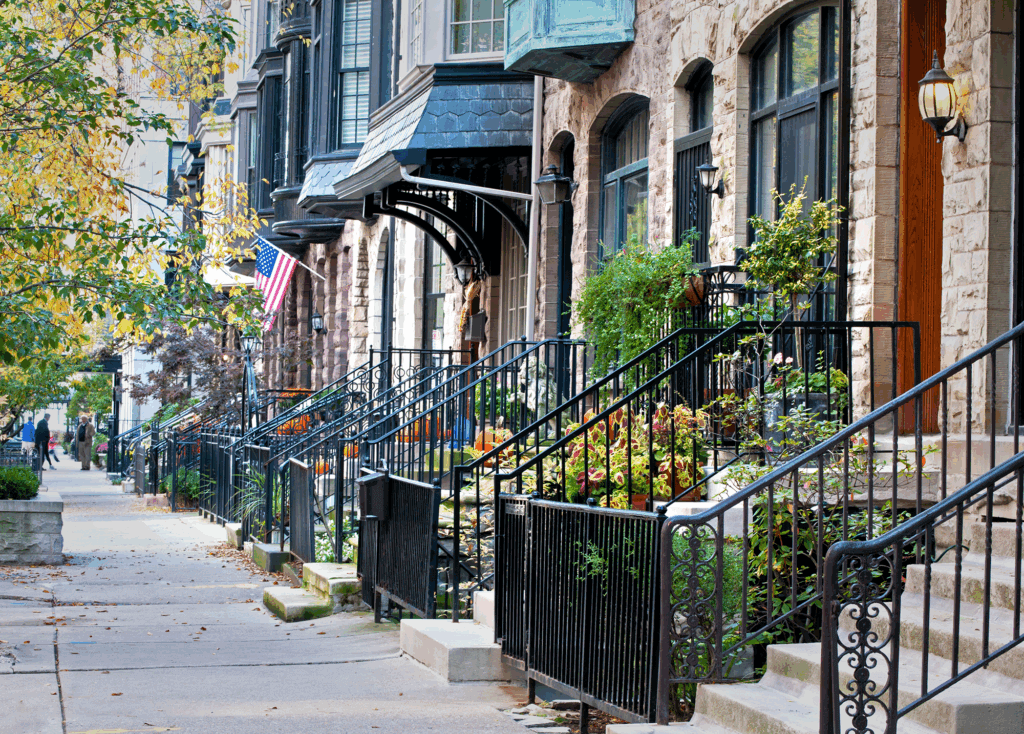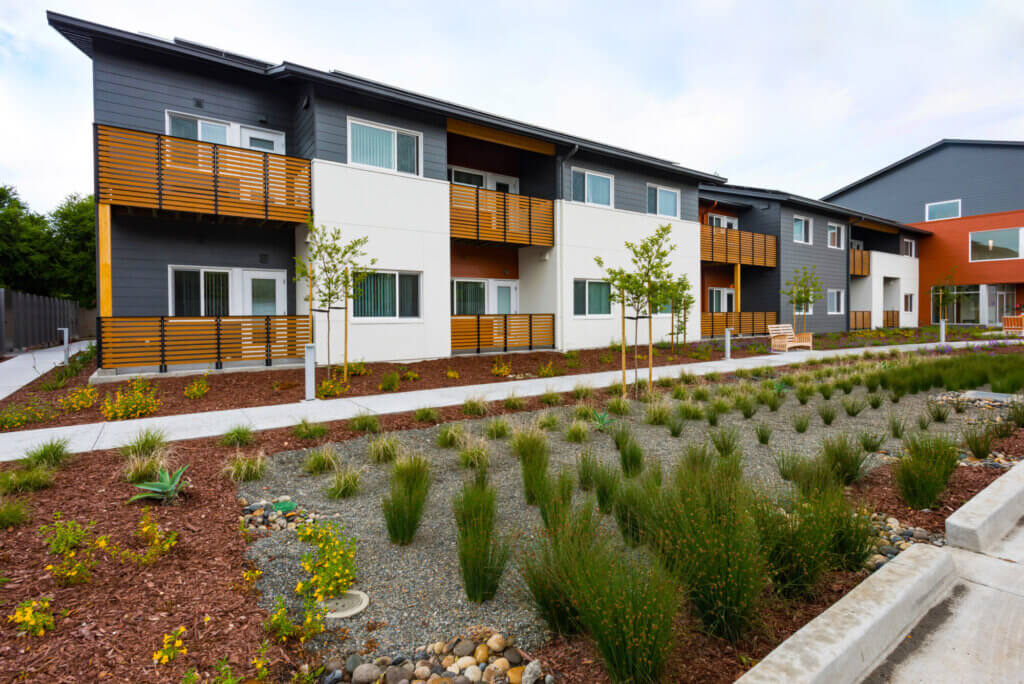Strategies to Lower Cost and Speed Housing Production
Published On February 9, 2021
A new analysis that finds that the 833 Bryant Street project, a housing development for individuals experiencing homelessness in San Francisco, offers a model for building needed housing quicker and at lower cost.
The analysis finds that the final development is on track to be completed in 33 months at $382,917 per unit, a significant achievement in a city where subsidized housing projects typically take 6 years or more to complete and where affordable housing development costs have risen to over $600,000 per unit, the highest in the country. The project is on track to be completed 30 percent faster and at 25 percent less cost per unit than projects that relied on similar construction methods, and even faster and more cost effectively compared to traditional housing construction.
The development was funded and planned through a collaboration between Tipping Point Community, a Bay Area philanthropic organization, and the San Francisco Housing Accelerator Fund (HAF), a public-private partnership that produces and preserves affordable housing in San Francisco, with Mercy Housing acting as the developer. The goal of the partnership is to identify and execute more effective ways of increasing the speed and reducing the costs of delivering new permanent supportive housing to house individuals experiencing homelessness. In honor of the SOMA Pilipinas Cultural District where the building is located, the building will be named Tahanan, a Tagalog word conveying the idea of coming or returning home.
The analysis finds that the combination of the following four factors have put the 833 Bryant Street development on track to achieve these projected time and cost savings:
- Up front commitment to time and cost savings. The team collectively set an ambitious goal to build the project in under 3 years and at a cost of $400,000 or less per unit—a commitment that drove the design and construction decisions.
- Flexible, unrestricted funding. Unlike many permanent supportive and affordable housing projects funded early on through public subsidy, the project relied on flexible predevelopment and construction capital that was not restricted by the same regulations, paperwork, and specified returns on investment. As a result, the project could move forward more quickly, though the partners had to be willing to take on the risk that some of the funding would not be returned when public subsidy was accessed later in the process.
- Streamlined approvals. The project received ministerial approval under Senate Bill 35. The site was acquired in October 2018, and the entitlement application was submitted in December 2018. The project was fully entitled just four months later, which cut the direct expenses of more complex review processes and allowed the team to finalize the project’s design early and plan for firm construction costs.
- Modular construction. 833 Bryant’s units were constructed off-site at Factory_OS in Vallejo, which locked in design decisions early in the process and allowed the site work and building construction to proceed simultaneously—resulting in a quicker development timeline.
Read the full analysis here.





